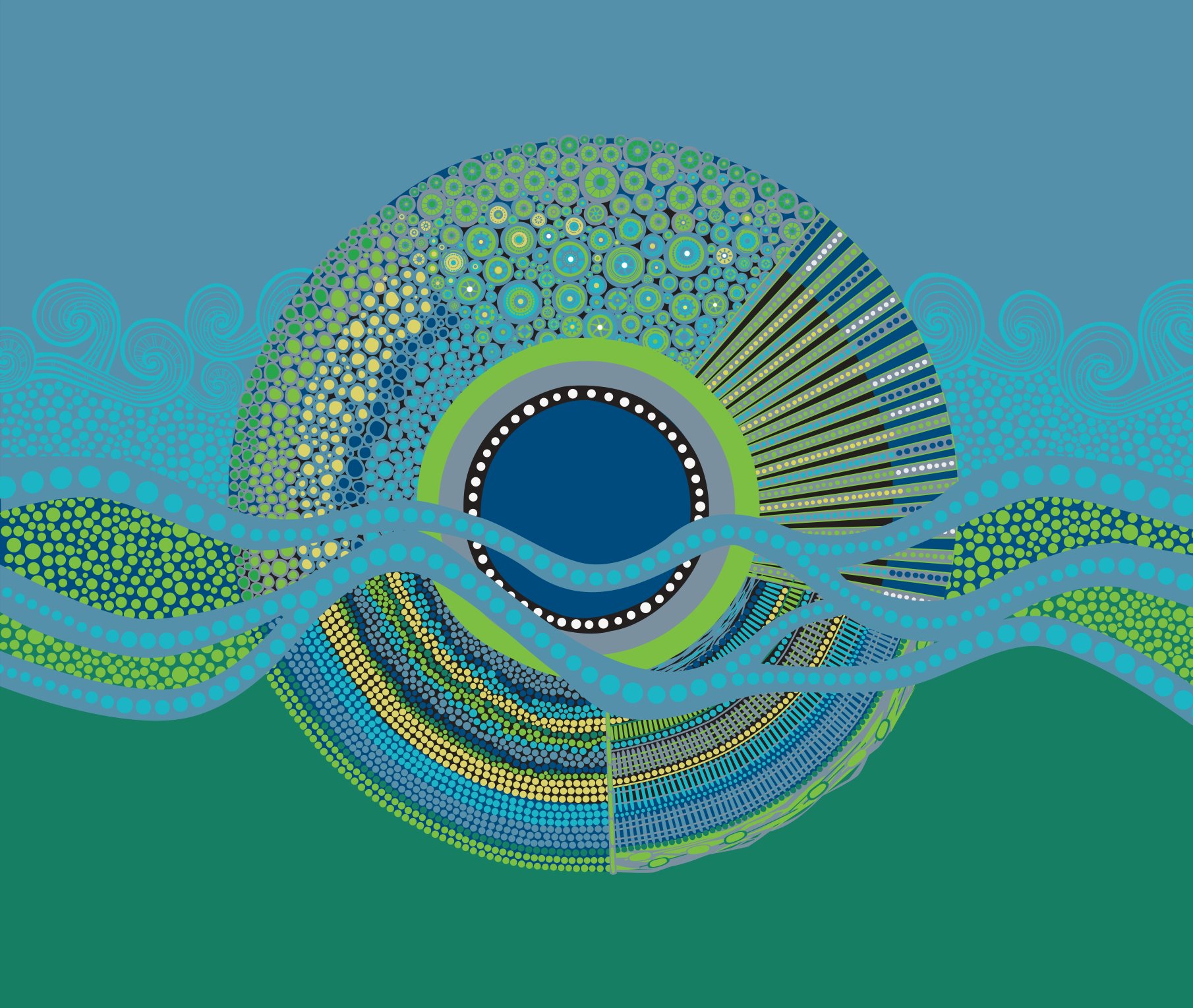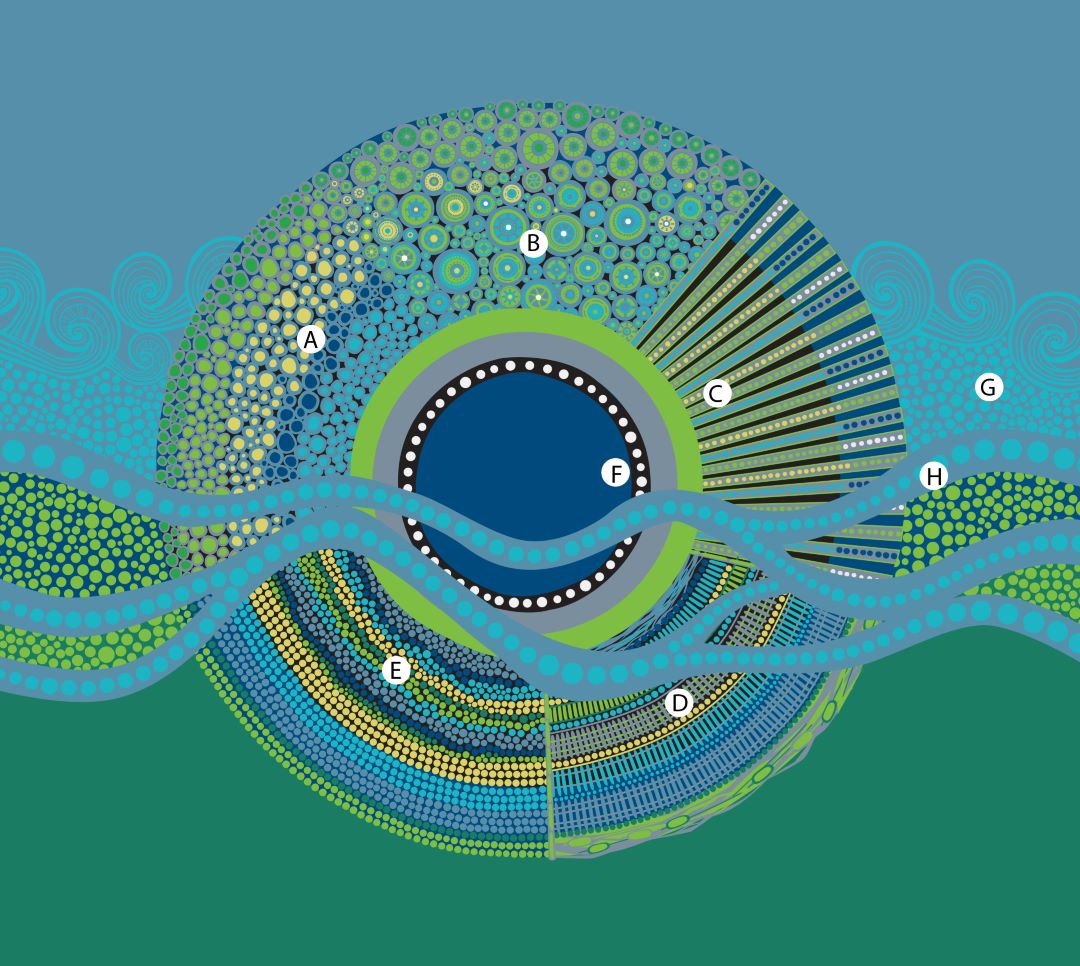Green Industries SA (GISA) is committed supporting an inclusive society that recognises the rich histories, cultures and contributions of Aboriginal and Torres Strait Islander Australians.
We acknowledge that environmental, social and economic sustainability objectives cannot be separated.
The transition to a circular economy needs to be just, and our objective of advancing a just transition to a circular economy will be strengthened by platforming the voices of Australia’s First Peoples in this change.
Reconciliation Action Plan
In February 2025, GISA launched its Reflect Reconciliation Action Plan (RAP).
The RAP is our first step on a journey of reconciliation, and outlines practical action within our sphere of influence that we are committed to achieving by January 2026.
To launch the RAP, GISA staff and members of the GISA Board were joined by the Hon. Dr Susan Close MP, Deputy Premier and Minister for Climate, Environment and Water, CEO of Reconciliation SA Jason Downs, Aunty Elaine Magias, Maureen and Naomi Humes-Hicks of Spirit in Unity, artist Karen Briggs, and other key stakeholders who have supported the agency on its reconciliation journey so far.
Watch the highlights of the event:
Our Circular Economy

This artwork, designed by Karen Briggs, represents the transition into a circular economy by the cultural knowledge that First Nations people bring to the South Australian economy.
In the spirit of Reconciliation, GISA is committed to embedding new initiatives through partnerships, supporting procurement, and providing employment opportunities for recycling, repair, reuse, and remanufacturing to businesses that improve economic and social outcomes of First Nations peoples.
Artwork Description
 A) Represents people recycling, the different colours represent the stages of recycling for creating a sustainable future.
A) Represents people recycling, the different colours represent the stages of recycling for creating a sustainable future.
B) The elements in the centre of the artwork gradually changing into other elements represents production and remanufacturing of goods, which in turn reduces waste.
C) Coming out of the circle are thick travelling lines with the smaller dots symbolising items for sale before being distributed across South Australia.
D) One of the most beautiful examples of reuse in First Nations culture is the technology of basket weaving. Produced from plant materials, these items can be repaired and are used in everyday activities.
E) The different coloured grouped dots represent household behaviour changing through collecting items and materials, with the colours on the outer edge sorted in their groups for other uses, diverting materials from landfill to reduce waste.
F) The large circle located at the centre of the artwork represents the community working towards improving outcomes in our environment across the country of South Australia.
Moving through the artwork are elements of:
G) wind, and
H) water, representing efficiency and renewable energy to create a sustainable environment in harmony with country, using resources and materials from First Nations people.
About the Artist
Karen Briggs is an illustrator, graphic and digital designer, and contemporary First Nations artist. A Yorta Yorta woman from Northeast Victoria, she enjoys visiting schools and libraries as a published illustrator. In these visits, Karen reads stories from her books about First Nations culture and conducts art workshops, helping to impart cultural elements and values to the younger generation. Currently, she illustrates from her home in the Adelaide Hills while running her own freelance design business.




